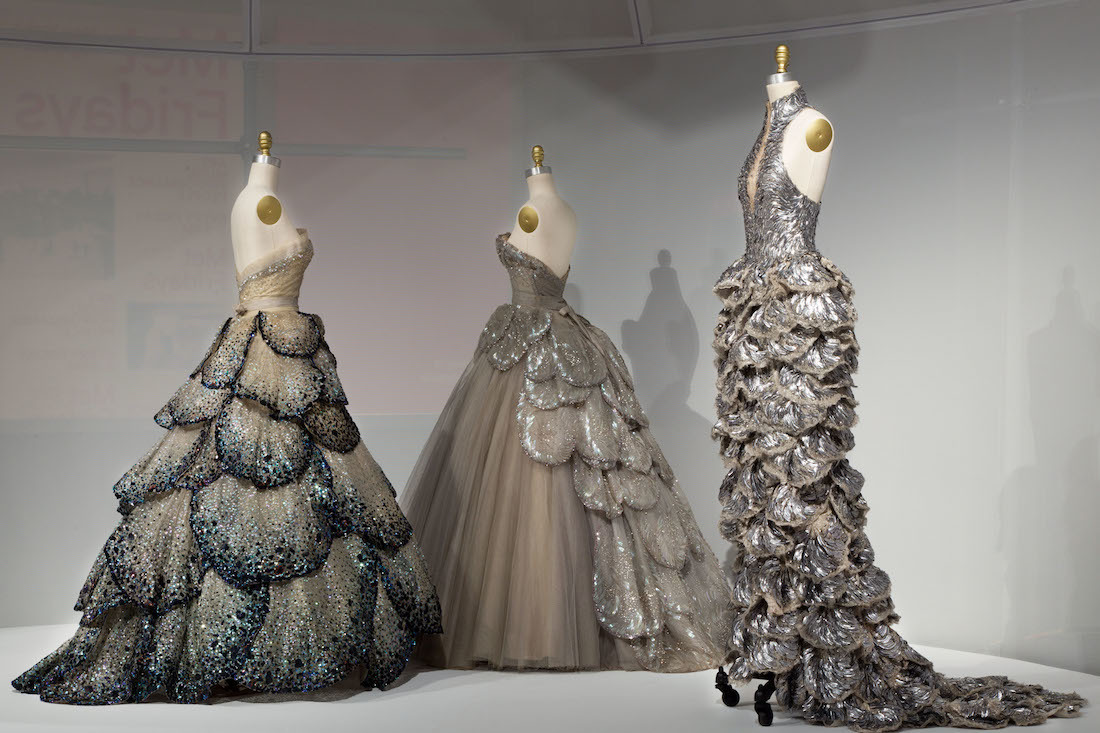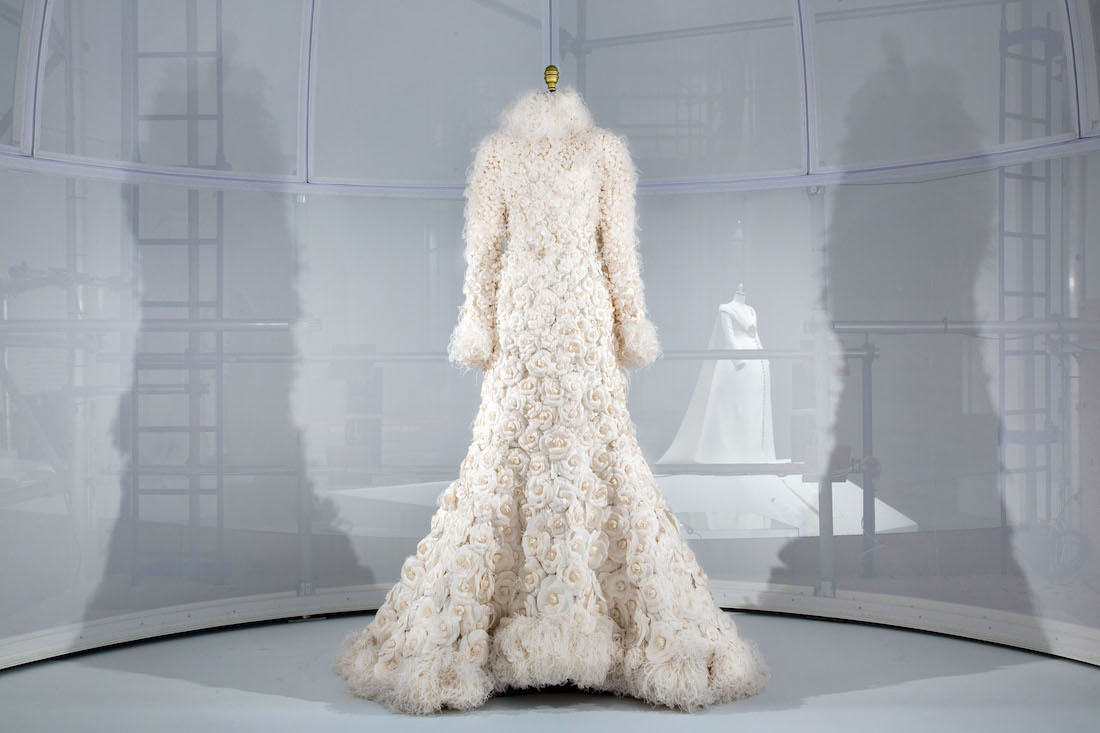We live in an age where the release of new smartphones outpaces designer collections, where a technology brand can now sell its product as a luxury good, and where active and performance wear hold greater sway over what people actually wear than a runway. In our time when technology is all but law, the Costume Institute’s curator-in-charge Andrew Bolton revisits a conundrum that has plagued high fashion ever since ever the rise of ready-to-wear: can couture be modern?

Manus x Machina: Fashion in the Age of Technology is the latest thesis by the blockbuster curator whose previous two exhibitions smashed the Metropolitan Museum’s attendance records. In it he proposes that modern technology and traditional craftsmanship are not the polar opposites we might think they are but are in fact one and the same. It’s an innovative though logical approach to couture, especially if you consider the true meaning of the word. “Haute” means “high” or “superior.” “Couture” means “sewing,” and refers specifically to the makings of a garment. So the term, at its plainest interpretation, simply means the best-crafted clothes. What “best” means in today’s world is something Bolton reconsiders throughout the exhibition’s rooms, steadily making the case that craftsmanship can no longer be defined by the codes of the past and that it must embrace the future.
Bolton conscientiously deconstructs the tropes of haute couture, dedicating whole rooms to each of its pillars: tailleur (tailoring), flou (dressmaking), broderie (embroidery), parurier floral (fake flowers), plumasserie (feathers), and so on. Examples of historic couture are set against their modern descendants, their range of materials and breathtaking beauty — familiar in parts and grotesque in others — create an alluring historical dialogue.

In one room, Bolton traces the history of plissé (pleating) from the early experiments by Mariano Fortuny to the later explorations by the “high-priestess” of fashion Mary McFadden and onwards to Issey Miyake. What Bolton makes clear is that while technology may advance and methods may change, new techniques and fabrications do not emerge from nothing, neither do they forsake the past. It’s about a constant evolution. A hand appliqued silk-synthetic net, bonded with laser-cut metallic strips on a dress by Nicolas Ghesquière for Louis Vuitton or the silicone feathers hand sewn on a dress by Iris Van Herpen show, wonderfully, that technology and exquisite handwork can work together in harmony.
A sub-theme within Manus x Machina speaks to how technology, its advancement, and our growing psychological dependence on it, can inform perceptions of the body. The multi-limbed design of a Comme des Garçons muslin offers a prescient statement on the conventions of beauty and physical form in the age of the internet. What is the meaning of a sleeve when we no longer need our bodies to engage with the world? And with the advancement of robotics and prosthetics coming closer to the real thing than ever before, it makes you rethink that uncanny valley between the real and the synthetic, not unlike the “pimple” dress Beyoncé wore to the show’s opening Gala.

Manus x Machina joins Bolton’s string of curatorial megahits, delighting the senses as well as provoking the mind. On view are some of the most technically complex and imaginative garments ever made and viewing them within the framework of Bolton’s compelling narrative makes the show a must-see. But the real triumph of Manus x Machina is that unlike every other costume exhibition ever staged, Bolton’s is not showing us a survey of the past but instead an outline of the future. Can couture be modern? The answer is a resounding yes.
Credits
Text Jeremy Lewis
Photography courtesy the Metropolitan Museum of Art © Nicholas Alan Cope
